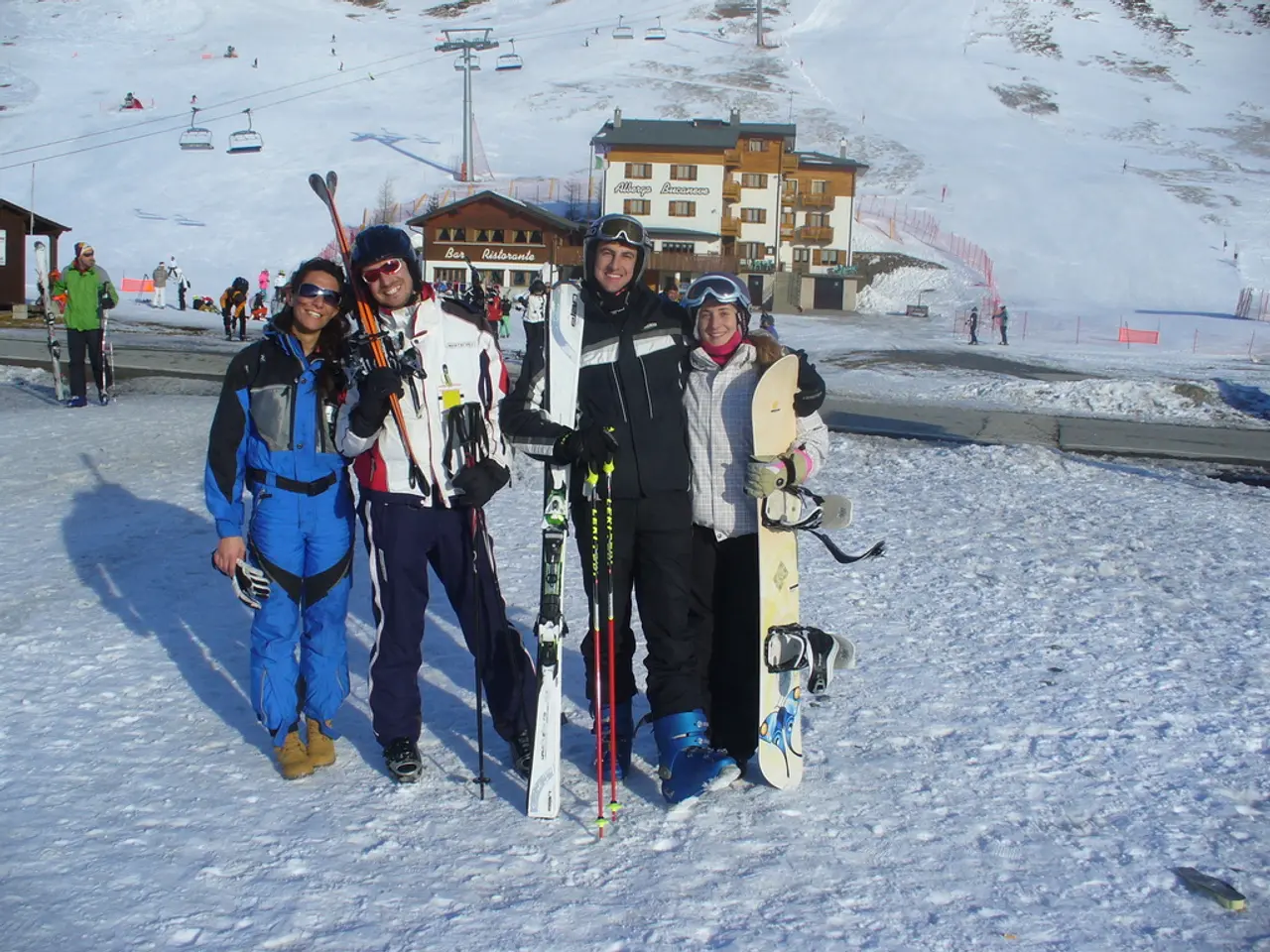Record-Breaking Heat Wave Transforms Death Valley: Is the Scorching Summer Deterring Tourism?
Heat Wave Warnings in Death Valley: A Call for Cautious Travel
As temperatures in Death Valley National Park continue to rise due to climate change, tourists are advised to exercise caution when planning visits during the summer months.
Travel insurance is essential for peace of mind, providing comprehensive coverage in various situations. However, when visiting Death Valley, it's not just about insurance, but also about preparation. Popular trails like Golden Canyon and Badwater Basin are best experienced in the early morning or late evening when temperatures are relatively cooler.
If you're planning to visit Death Valley during the hottest months, preparation is key. Start early or go late, hydrate constantly, dress for the heat, and follow the NPS's advice. The National Park Service (NPS) advises visitors to avoid hiking after 10 a.m. and carry at least one gallon of water per person when visiting Death Valley during record-breaking heat waves.
Climate scientists warn that temperatures in Death Valley and other desert regions could continue to rise in the coming years, creating more extreme conditions for both the landscape and the wildlife. In the summer of 2024, overnight lows averaged 91.9°F (33.3°C), and on some nights, temperatures did not dip below 100°F. Nine consecutive days of temperatures 125°F (51.7°C) or higher were recorded, with daytime highs frequently exceeding 120°F (48.9°C) and the highest temperature reaching 129.2°F (54°C) on July 7.
These extreme heat conditions are making outdoor activities more dangerous and could deter tourists, thereby negatively affecting tourism in the region. As a result, many tour operators are adjusting their schedules due to the rising temperatures, with more tours now scheduled for the early morning or sunset.
Visiting Death Valley during cooler months reduces strain on park resources and emergency services during periods of extreme heat. If Death Valley's extreme heat isn't desirable, consider donating to park conservation efforts or visiting during a safer time of year.
Responsible travel in Death Valley includes respecting park guidelines, staying informed about changing weather patterns, and being mindful of the impact on the environment. Vulnerable populations like children, older adults, and those with chronic conditions should take special precautions or reconsider visits during extreme heat periods.
As climate change impacts travel destinations, it's crucial for tourists to practice responsible travel. By being aware of the risks and taking necessary precautions, visitors can ensure a safe and enjoyable experience in Death Valley National Park.
References: [1] National Park Service. (n.d.). Heat Safety Tips. Retrieved from https://www.nps.gov/deva/learn/nature/heat-safety.htm [4] National Park Service. (n.d.). Climate Change in Death Valley National Park. Retrieved from https://www.nps.gov/deva/learn/nature/climate-change.htm
- To minimize risks from heat waves and ensure a successful trip, tourists planning to visit Death Valley during the summer should consider the tips for responsible travel, including being aware of climate-change effects on desert regions and adopting lifestyle changes such as traveling early morning or at sunset, hydrating constantly, dressing for the heat, and avoiding hiking after 10 a.m.
- Incorporating knowledge from environmental-science and climate-change studies can help tourists make informed decisions when planning a trip to Death Valley, ensuring their safety and reducing the negative impact on the environment and its wildlife during extreme heat conditions.
- Supporting park conservation efforts through donations can be an alternative to visiting Death Valley during record-breaking heat waves, allowing tourists to contribute to the preservation of the park while taking care of vulnerable populations and preventing strain on park resources and emergency services during warm summer months.





